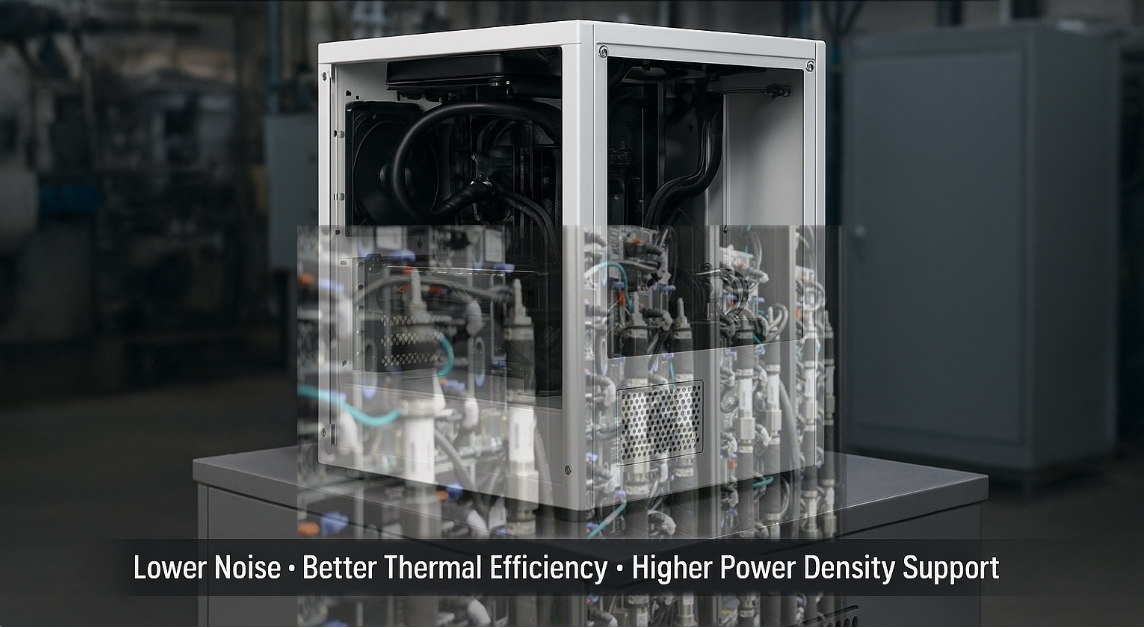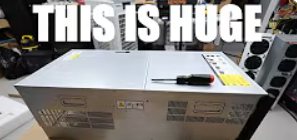Quality Control
Quality is core value for every companny, Onechassis has postivie feedback for quality products from customer by below actions:
### The Ultimate Guide to Quality Control in Industrial Computer Chassis
**Introduction to Quality Control in Industrial Computer Chassis**
In the competitive world of industrial computer chassis manufacturing, quality control is paramount. A well-executed quality control process ensures the durability and reliability of each chassis, reducing defects and enhancing overall product performance. This article delves into the specific quality control techniques that are crucial for maintaining high standards in chassis production.
**Material Inspection and Selection**
The foundation of quality control begins with the selection of materials. High-quality materials are essential for producing durable and reliable chassis. Manufacturers must carefully inspect materials for strength, durability, and resistance to environmental factors. Testing procedures, such as tensile strength and corrosion resistance tests, ensure that only the best materials are used in production.
**Precision Manufacturing Techniques**
Precision in manufacturing is achieved through advanced techniques such as CNC machining and laser cutting. CNC machines offer unparalleled accuracy in cutting and shaping chassis components, minimizing human error. Laser cutting further enhances precision, ensuring that parts fit together perfectly and meet exact specifications.
**Assembly Line Quality Checks**
The assembly line is a critical stage where the quality of the final product is determined. Implementing systematic quality checks throughout the assembly process helps identify and address defects early. Common issues, such as misalignment or improper fitting, can be detected and corrected to prevent them from affecting the final product.
**Performance Testing**
To ensure that each chassis performs reliably under various conditions, performance testing is essential. Stress testing evaluates how the chassis withstands different loads, while thermal management testing assesses its ability to dissipate heat effectively. These tests simulate real-world conditions to ensure the chassis will function optimally in its intended environment.
**Final Inspection Procedures**
The final inspection is the last line of defense against defects. This step includes both visual and functional checks to ensure that every chassis meets quality standards. Inspectors verify dimensions, finish, and operational functionality. Additionally, adherence to packaging and shipping standards is checked to prevent damage during transit.
**Continuous Improvement Strategies**
Quality control is an ongoing process. Manufacturers must continuously collect and analyze quality data to identify trends and areas for improvement. Feedback loops from both customers and internal audits help refine production processes and enhance product quality over time.
**Conclusion**
Incorporating rigorous quality control techniques is essential for producing high-quality industrial computer chassis. From material selection and precision manufacturing to performance testing and final inspection, each step plays a crucial role in ensuring the ultimate reliability and durability of the product. By committing to these practices, manufacturers can deliver superior products that meet the highest standards of quality.
 How a Finance Team Addresses GPU Thermal Constraints --(One of our client cases)
How a Finance Team Addresses GPU Thermal Constraints --(One of our client cases)
 GPU Server Chassis: The Backbone Behind Real Compute Power
GPU Server Chassis: The Backbone Behind Real Compute Power
 Inevitable Liquid-Cooled System
Inevitable Liquid-Cooled System
 "INSANE 7U GPU Server! 8x RTX 5090 Build for AI & GPU Rentals"
"INSANE 7U GPU Server! 8x RTX 5090 Build for AI & GPU Rentals"

